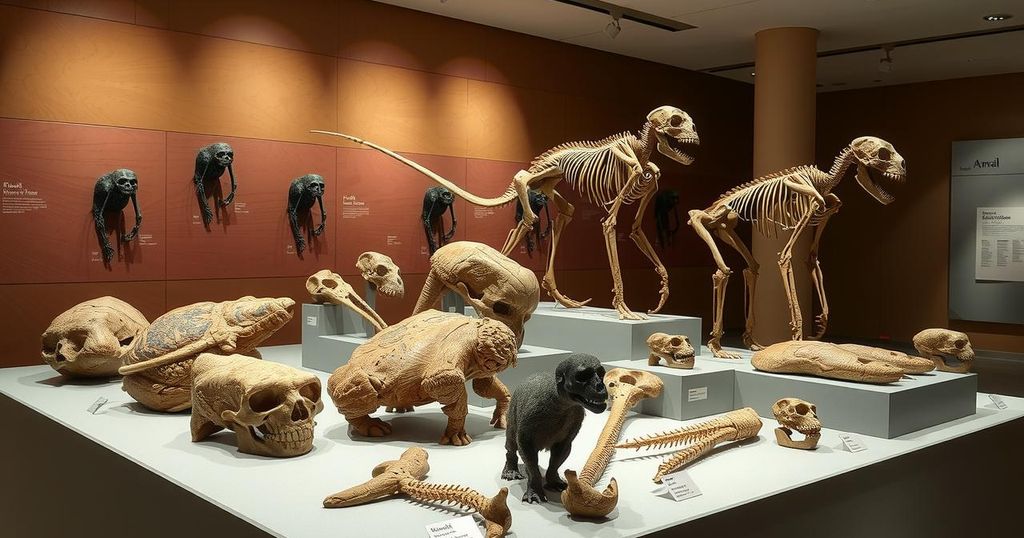One in Seven Scientific Papers May Be Fake, New Study Suggests
A new study estimates that one in seven scientific papers may be fake, significantly updating the previous statistic of 2%. James Heathers conducted this analysis based on twelve earlier studies but faces criticism regarding generalization. Concerns about research integrity highlighted by this finding underscore ongoing debates in scientific ethics.
A new study highlights a disturbing revelation: about one in seven scientific papers could be partially fabricated. This analysis, released pre-peer review on September 24, was conducted by James Heathers, a researcher at Linnaeus University in Sweden. Heathers drew from twelve existing studies that surveyed approximately 75,000 different papers, attempting to gauge the extent of integrity issues in scientific literature. His findings suggest a dramatic rise in questionable research practices compared to a decade-old statistic that estimated only 2% of scientists admitted to such misconduct.
Heathers isn’t pulling these numbers out of thin air. For years, he’s grown weary of seeing that persistent 2% figure, which he notes is significantly outdated. “The last dataset in that 2009 study was from 2005,” Heathers explains. He’s right; a lot can change over twenty years! Seeking a contemporary understanding, he approached this new analysis as a meta-study, integrating various methods used by other researchers to spot fake science.
The heart of Heathers’ study focuses on the flawed nature of traditional research integrity assessments: many past studies simply asked scientists if they’ve lied in their publications—clearly, not the most reliable approach! Heathers believes it’s naive to expect a dishonest researcher to admit wrongdoing, hence the need for a different strategy. His analysis compiles data from areas like social sciences and medicine, establishing a consistent pattern across the studies he reviewed.
“There’s a really persistent commonality to them,” Heathers remarks, landing on his controversial conclusion: one in seven papers has some level of deceit involved. Still, not everyone finds Heathers’ assessment convincing. Daniele Fanelli, from Heriot-Watt University and author of the 2009 statistic, argues that the new study fails to rigorously define what constitutes ‘fake.’ He cautions against conflating different research malpractices, saying, “The papers are all different… using all sorts of different methods”. Such generalizations, he claims, risk painting all fields of science with a broad brush and could lead to unwarranted negative publicity.
On the other hand, Gowri Gopalakrishna from Maastricht University sees some merit in the study’s attempt. However, she warns that lumping all fields together inaccurately overlooks variations in research ethics between disciplines. In her own research, 8% of surveyed scientists admitted to faking data at least once, illustrating the complexities in these discussions.
Despite the pushback, Heathers remains adamant that the lack of robust funding in this area forced him into making generalizations. He believes that waiting for comprehensive studies on all types of research integrity issues could lead to unnecessary delays in addressing this pressing problem within science. The topic remains underfunded, and better insights are desperately needed.
Heathers states, “Even a very systematic review would likely yield a similar estimate” concerning the prevalence of fabrication in scientific writing. As the debate rages on, the scientific community is left grappling with an uncomfortable truth: integrity in research might not be as solid as once hoped.
In an era where science bears the burden of public trust, new analyses and discussions about authenticity are crucial for the advancement of knowledge and integrity.
In summary, a recent analysis claims approximately one in seven scientific papers could be partly fake, revealing a sharp contrast with previous figures of just 2%. James Heathers emphasizes the need for updated metrics as the landscape of research integrity changes. Critics, however, caution against overgeneralizations in research disciplines, highlighting the truth may be complex and multifaceted. This study serves as a wake-up call for the scientific community and a reminder that integrity is paramount in research.
Original Source: retractionwatch.com




Post Comment